Tom's Guide Verdict
The LG Watch Urbane LTE makes and receives calls and messages, and gets notifications without being tethered to your phone, but iPhone owners should wait for iOS compatibility.
Pros
- +
LTE connectivity for freedom from phone
- +
Solid fitness tracking tool
- +
Android Wear improvements
Cons
- -
Bulky design
- -
Relatively short battery life
- -
Limited phone compatibility
- -
Expensive
Why you can trust Tom's Guide
Say goodbye to smartphone separation anxiety. With its own LTE radio onboard, the LG Watch Urbane LTE ($500 full price on Verizon; $450 with two-year plan; $200 with two-year plan on AT&T) promises to unleash you from your smartphone and still let you stay connected by delivering pertinent alerts to your wrist. The Android Wear-powered Urbane LTE can also double as a basic fitness tracker, thanks to a built-in heart rate monitor. Too bad the watch’s compatibility is limited for now, and its bulk makes it hard to wear every day.
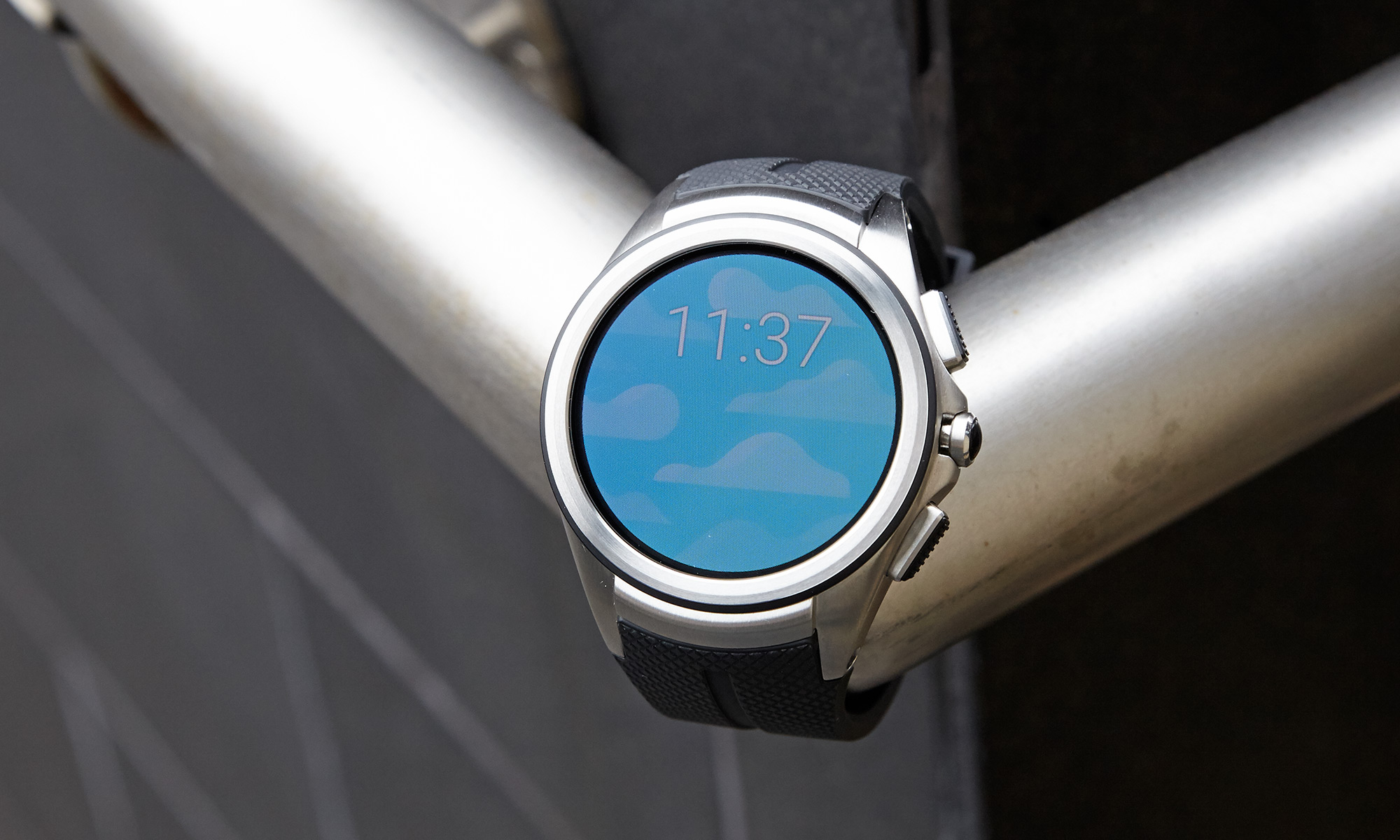
Design: Bulky and Blah
With its black rubber strap and silver metal case, the LG Watch Urbane LTE looks like a typical sporty men's watch. It looks functional, but isn't sexy enough to make me swoon.
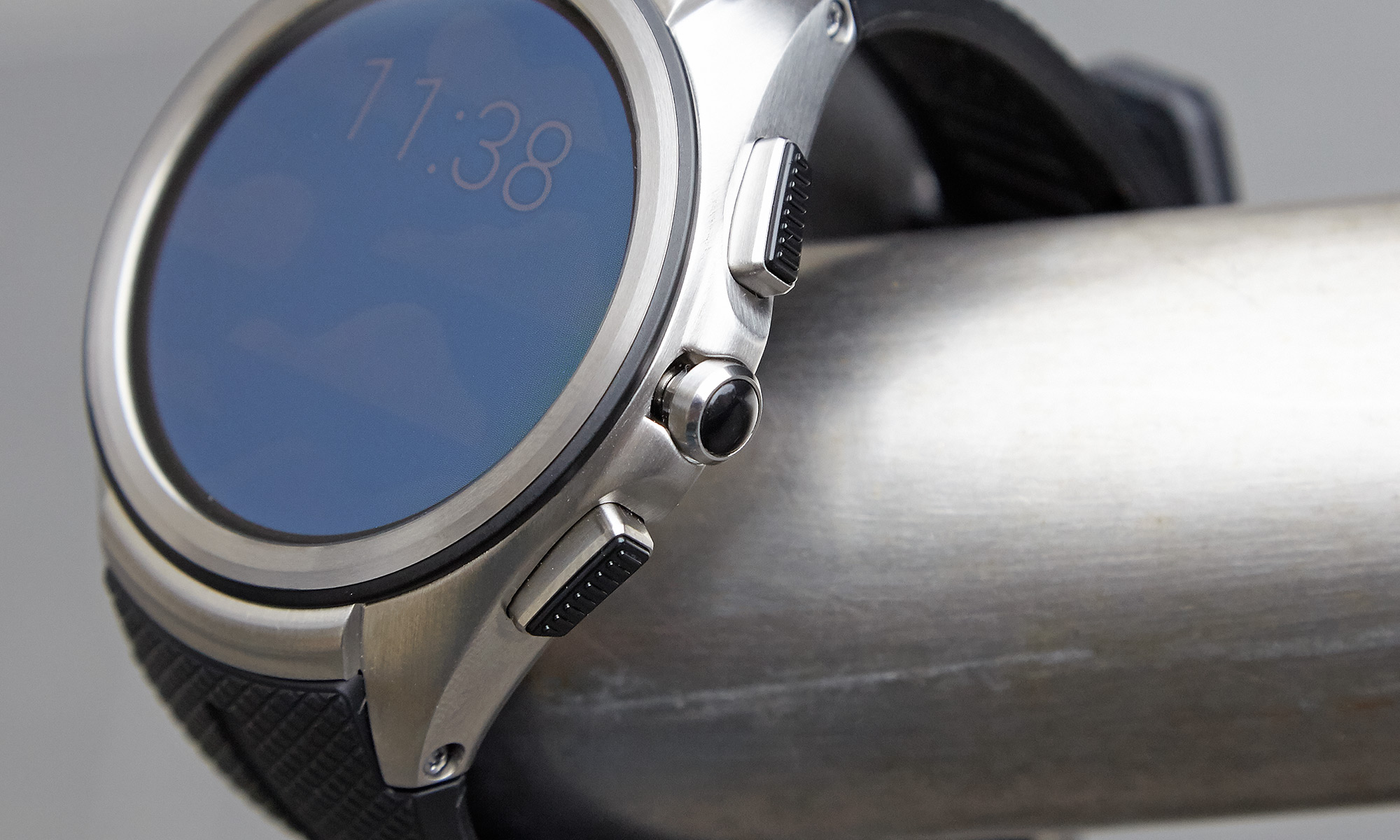
“The watch's frustratingly chunky case made me feel like I was strapping on an ankle monitor to my wrist.”
The watch has three physical buttons on the face's right side. The top button launches Ok Google, the middle brings you back to the home screen and the bottom button opens LG Health.

I can put up with the bland looks, but the watch's frustratingly chunky case made me feel like I was strapping on an ankle monitor to my wrist. To accommodate an LTE radio and other components, the Watch Urbane's case is 0.56 inches tall, making it so unwieldy that I kept bumping it into table edges or drawers. Samsung's Gear S2, which also supports 4G connectivity, is slightly slimmer at 0.53 inches, while the LTE-free Apple Watch Sport is a thin 0.41 inches.
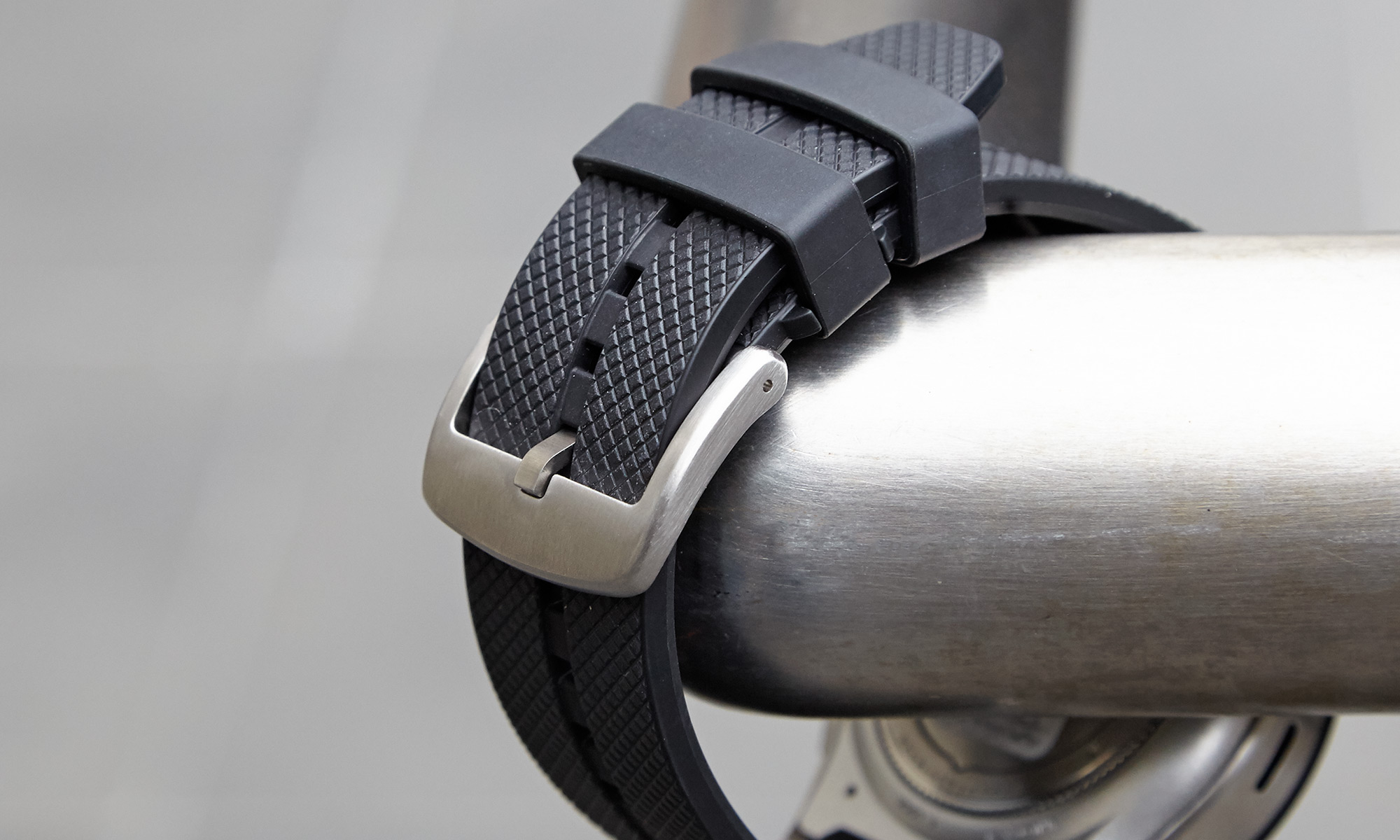
Weighing 3.27 ounces, the LG Watch Urbane LTE is nearly twice as heavy as the Gear S2 (1.9 ounces), and far heavier than the Apple Watch Sport's 42-millimeter case (1.05 ounces).
MORE: Our Favorite Smartwatches for iOS and Android
Thanks to its IP67 rating, the Watch Urbane LTE can withstand being submerged in up to 1 meter (3.28 feet) of water, and doesn't have to be removed while you're doing the dishes or running in the rain.
Calls: Tedious Setup
One of the biggest selling points of the Watch Urbane LTE is its ability to make calls that are independent of your smartphone. But that comes with a few caveats. Owners of iPhones can forget about making calls from their wrists for now; the Watch Urbane LTE doesn't support calling when it's paired with iOS devices.
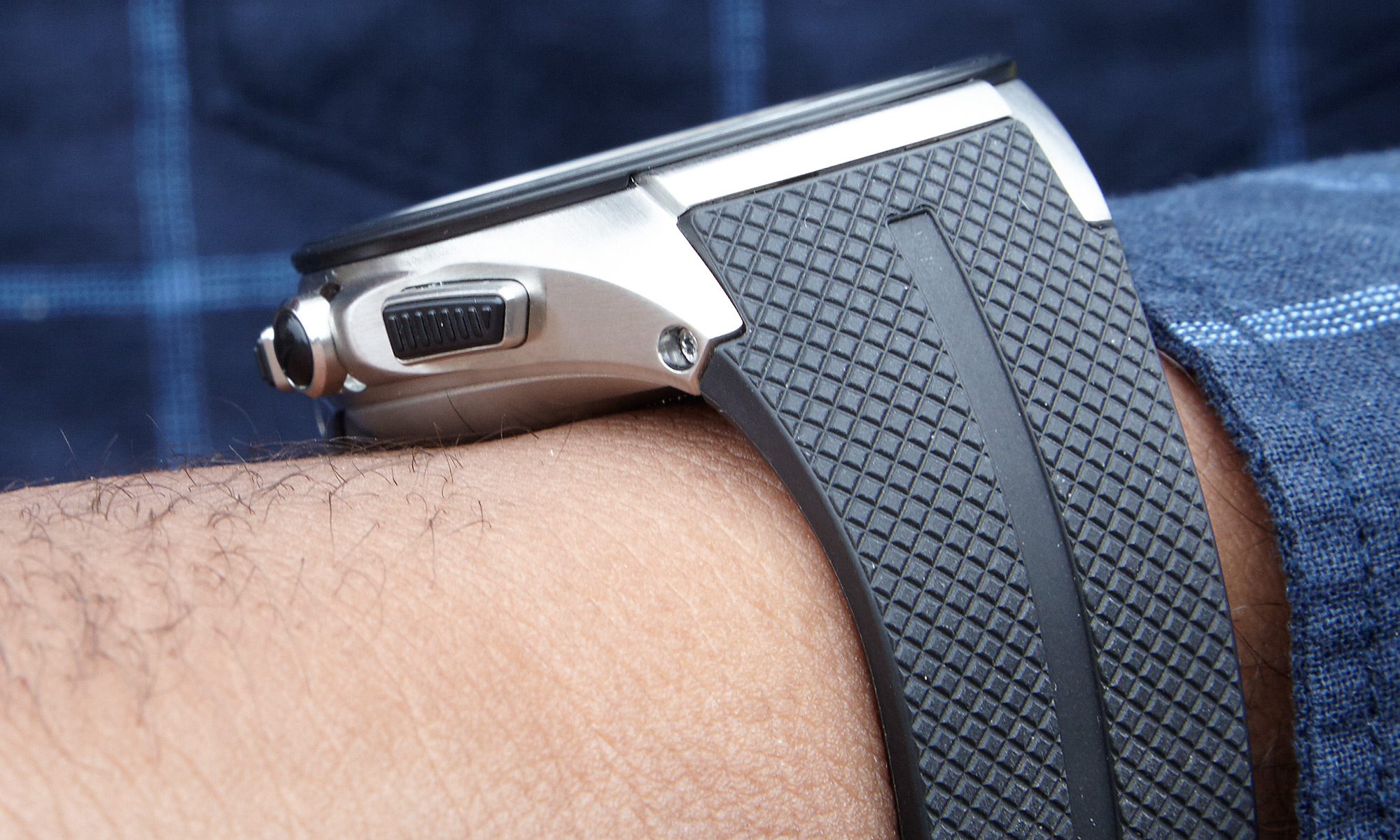
If you buy the watch from Verizon, you'll need to use a Verizon Android device (running Android 4.3 or later) to set up the calls, while those who purchase the wearable from AT&T will also need an AT&T post-paid phone line to make calls. This means Sprint and T-Mobile customers will have to wait for their carriers to offer support for this wearable.
Our Watch Urbane LTE came from Verizon. I had to go through a complicated 5- to 10-minute setup process to get the watch to mirror my phone's number when sending messages or making calls. AT&T’s version of the watch has a similar feature called NumberSync, but we were unable to test whether its setup is similarly complex.
“You'll have to hold your wrist up when making calls, as if you were a Power Ranger talking to Alpha 5.”
The Watch Urbane LTE's speakers were loud enough for me to hear a colleague when I called him from inside a quiet meeting room, but became nearly inaudible when I was out on the streets. On the noisy sidewalks of Manhattan’s Union Square, I had to hold the watch up to my ear (and avoid curious stares) to hear my co-worker.
My contacts could easily hear me when I had the watch right next to my face, regardless of the environment I was in, but they had trouble hearing me when I let my wrist drop to my side. This means you'll have to hold your wrist up when making calls via your smartwatch, as if you were a Power Ranger talking to Alpha 5. Fortunately, you can also pair a Bluetooth headset to the watch.
LTE Connectivity: Limited Freedom
I really liked being able to leave my phone behind on a quick lunch run. Because it was connected to Verizon's LTE network, the Watch Urbane was able to send me my phone's incoming alerts without me having to be within Bluetooth distance of the device. I could also send messages, chats or emails while I was away from my phone.
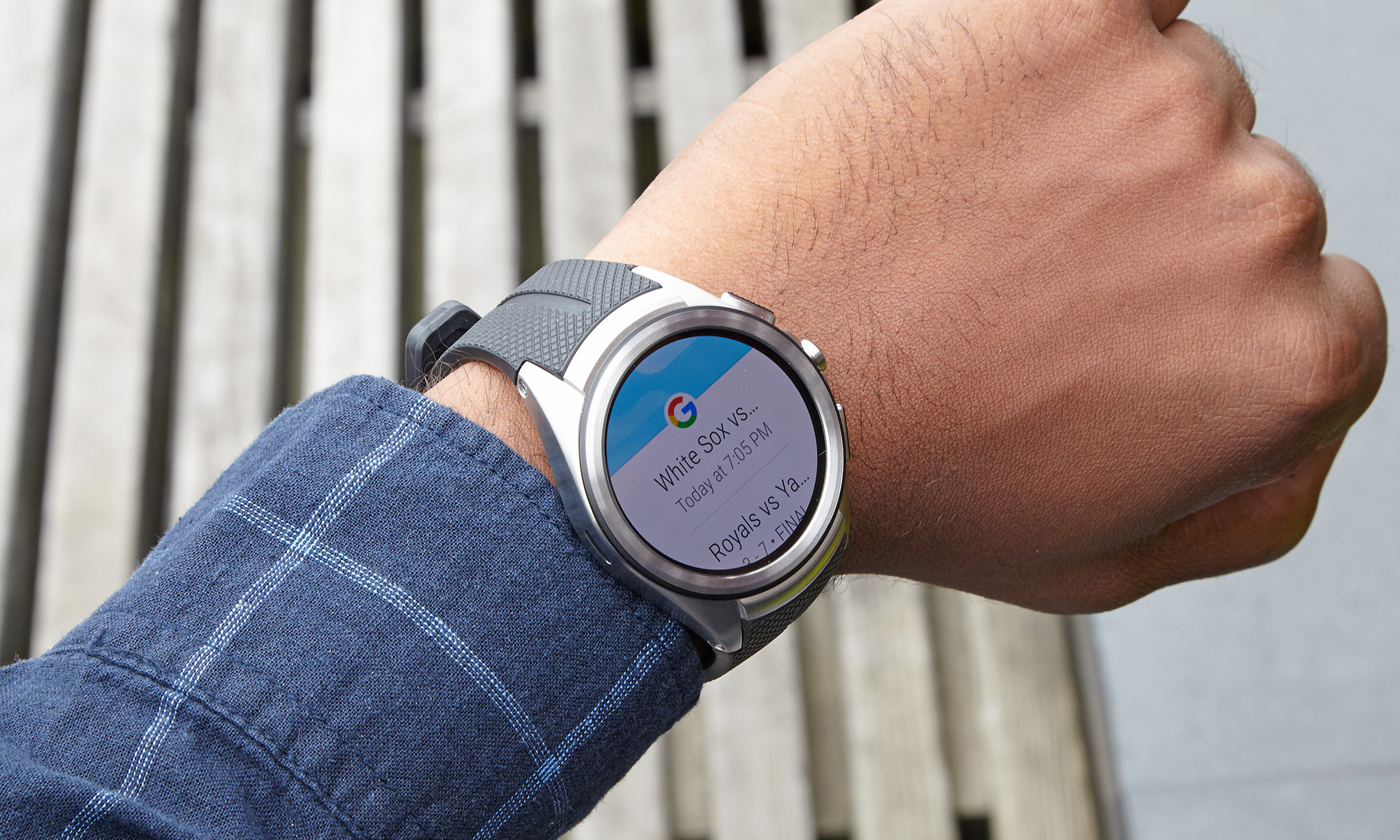
As long as both your phone and watch are online (connected to LTE or Wi-Fi), your wearable will receive your notifications. However, you can only reply to messages if the watch is paired with an Android phone.
“Ok Google stopped working altogether on a number of occasions, despite having an LTE and Wi-Fi connection.”
I liked that I could leave my phone tethered to the wall to recharge while I continued about my chores, without having to worry about not getting messages. If your handset is dead or turned off, though, then your watch will not get alerts.
When I was outside without my phone, Ok Google was rather slow in processing my requests. My repeated demands to call a colleague took almost a full minute to process, as if Google had trouble reaching a server for the answer. Many times, the system timed out, not calling my colleague at all.
Thankfully, when Ok Google fails you, you can turn to the Phone app to make calls. To make it easy to call someone, the software takes voice dictation and displays your recent contacts.
Fitness Tracking: Basic, But Good Enough
With an onboard heart rate sensor and preinstalled Google Fit and LG Health apps, the Watch Urbane is capable of tracking your workouts. You can use Google Fit to measure your pulse, while LG Health has a tool that analyzes how stressed out you are.
Go into LG Health and tap on the Play button to start detecting your stress level. You'll have to make sure the wristband is fastened securely so that it's not moving about on your wrist. While the watch is calculating, you'll have to sit very still for about 2 minutes as it measures your pulse. LG hasn't responded to my query on how it calculates your stress level, but it may be related to heart rate variability, which counts the time interval between heartbeats.
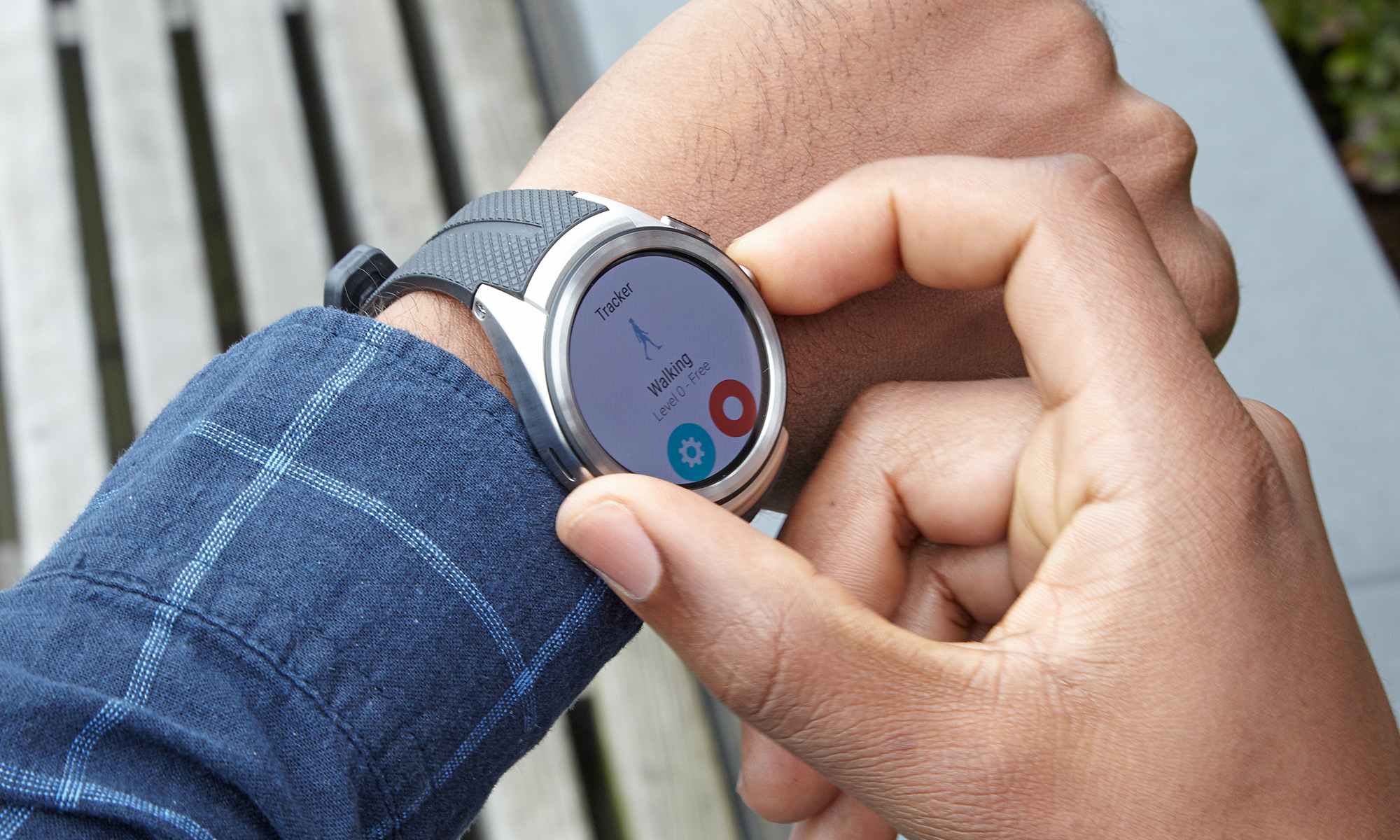
LG Health sends you reminders when you're not moving enough to meet fitness goals, and encourages you to perform better during activities. I took a quick break during a walk to buy a snack from a deli, and the Watch Urbane LTE nudged me to walk faster while I was waiting in line to pay.
You'll have to use the app on your wrist to start and stop each workout, and at the end of each session, you'll see the calories you burned, time spent exercising, distance traveled, average pulse rate and average speed. This is pretty basic information, but good enough for a casual user like myself.
MORE: Best Fitness Trackers for Running, Swimming and Training
Fitness aficionados can use the Urbane LTE with third-party apps such as MapMyRun or MyFitnessPal to integrate that data with their existing profiles. But since the watch doesn't have GPS built in, accurate running and distance data will require a phone to be connected.
Display: Colorful But Dim
I loved the color and clarity of the Watch Urbane LTE's 1.38-inch, 480 x 480 P-OLED display. Pictures that my pal sent me via Android Together looked vibrant and clear on the watch face.
Unfortunately, the watch was hard to read in bright sunlight, even with its screen set to maximum brightness, and with brightness boost activated. However, under some cloud cover, I could clearly see my messages and alerts.
Performance and Android Wear
Powered by a 1.2-GHz, dual-core Snapdragon 400 CPU, the LG Watch Urbane LTE was mostly zippy, and I swiped through notifications and apps quickly. The device sometimes stuttered when I tried to go back to the home page, though. Ok Google also stopped working altogether on a number of occasions, despite having an LTE and Wi-Fi connection.
Android Wear continues to grow its library of apps and functions, and recently added the ability to let you make voice calls over Wi-Fi from your wrist. I especially loved connecting to a friend's watch with Android Together and sending random doodles, stickers and pictures directly to his watch face.
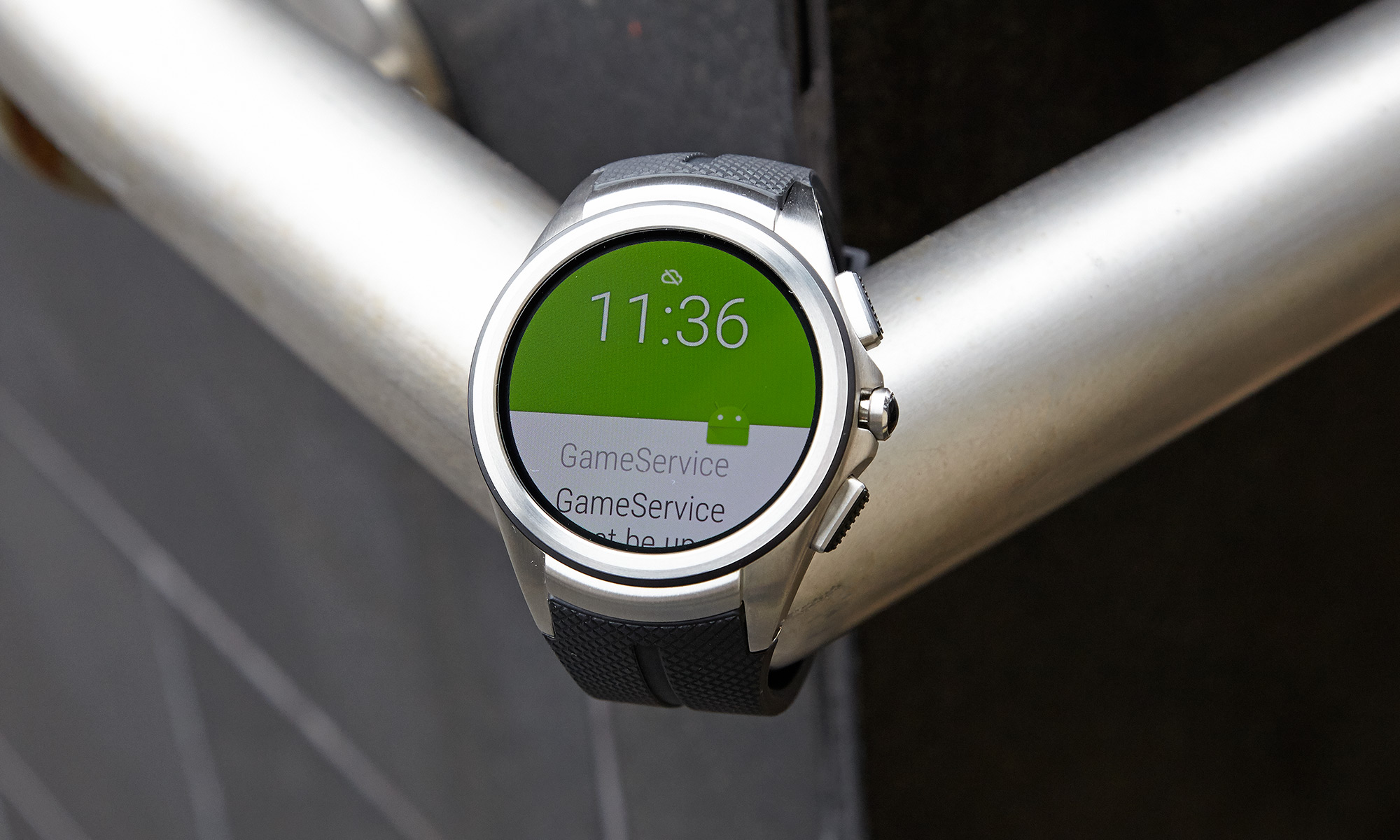
Google does not release the number of Android Wear apps available, but says there are more than 5,000 in the Play Store. That still trails the competition, but it's coming close to the more than 10,000 apps available for Apple Watch, and the 8,000 or so for Pebble.
MORE: Android Wear and iOS: What Works, What Doesn't
Battery Life: Barely a Day
The LG Watch Urbane LTE's 570-mAh battery will need daily charging. I took the wearable off the charger in the morning, when it had 85 percent juice. By 8:30 that evening, the device's battery was down to 9 percent. Granted, I had been testing the watch's calling abilities for part of the day, which could be considered heavy use.
That's short, however, compared to the two days we get from other Android wearables such as the Huawei Watch and the Asus ZenWatch 2, as well as the Apple Watch. Pebble smartwatches last between two and 10 days, depending on the model, but have more primitive E Ink nontouch screens.
The Urbane LTE's magnetic wired charger is lightweight and sleek enough to carry around, and is easy to attach onto the watch's underside.
Bottom Line
The LG Watch Urbane LTE is bulkier and more expensive than a typical smartwatch, but does not do much more other than let you get alerts, calls and messages without your phone. Plus, it lasts only half as long as most other smartwatches.
Existing Verizon and AT&T post-paid customers using Android devices are the few people who will really benefit from having the LTE-connected Urbane, but if you're not one of those lucky folks, you'd be better off with a typical Android wearable. The Gear S2 on Verizon is sleeker, lighter, $100 cheaper and also has a heart rate monitor and similarly robust fitness features. However, the Gear S2 runs Samsung's own Tizen OS, making it woefully short on third-party apps.
Overall, the Watch Urbane LTE is a compelling idea that’s poorly executed.
Cherlynn is Deputy Editor, Reviews at Engadget and also leads the site's Google reporting. She graduated with a Master’s in Journalism from Columbia University before joining Tom's Guide and its sister site LaptopMag as a staff writer, where she covered wearables, cameras, laptops, computers and smartphones, among many other subjects.
-
gadgety "To accommodate an LTE radio and other components, the Watch Urbane's case is 0.56 inches tall, making it so unwieldy that I kept bumping it into table edges or drawers."Reply
So if you are used to a less tall watch all research shows that your brain and body quickly will adjust to the new taller item unless there's something wrong. -
gadgety As for the benefit of being free standing LTE, it looks like Android Wear 2.0, once it is out in a consumer version, might require a revisit of this device. Design wise it's not the slickest watch out there, in particular plastic appliqué buttons look pretty bad.Reply
"bulkier and more expensive than a typical smartwatch, but does not do much more other than let you get alerts, calls and messages without your phone."
seems contradictory with your conclusion
"a compelling idea that’s poorly executed."
because you are suggesting the compelling idea is only compelling if bulk, battery time and price could be the same as a non-LTE watch. That's calling for impossibility as the radio will take its toll on battery life, and a larger battery increases bulk.
Rather it seems you are questioning the value of the concept of alerts, calls and messages without the phone.
So the prospective buyer has to decide whether the trade off is worth it.

